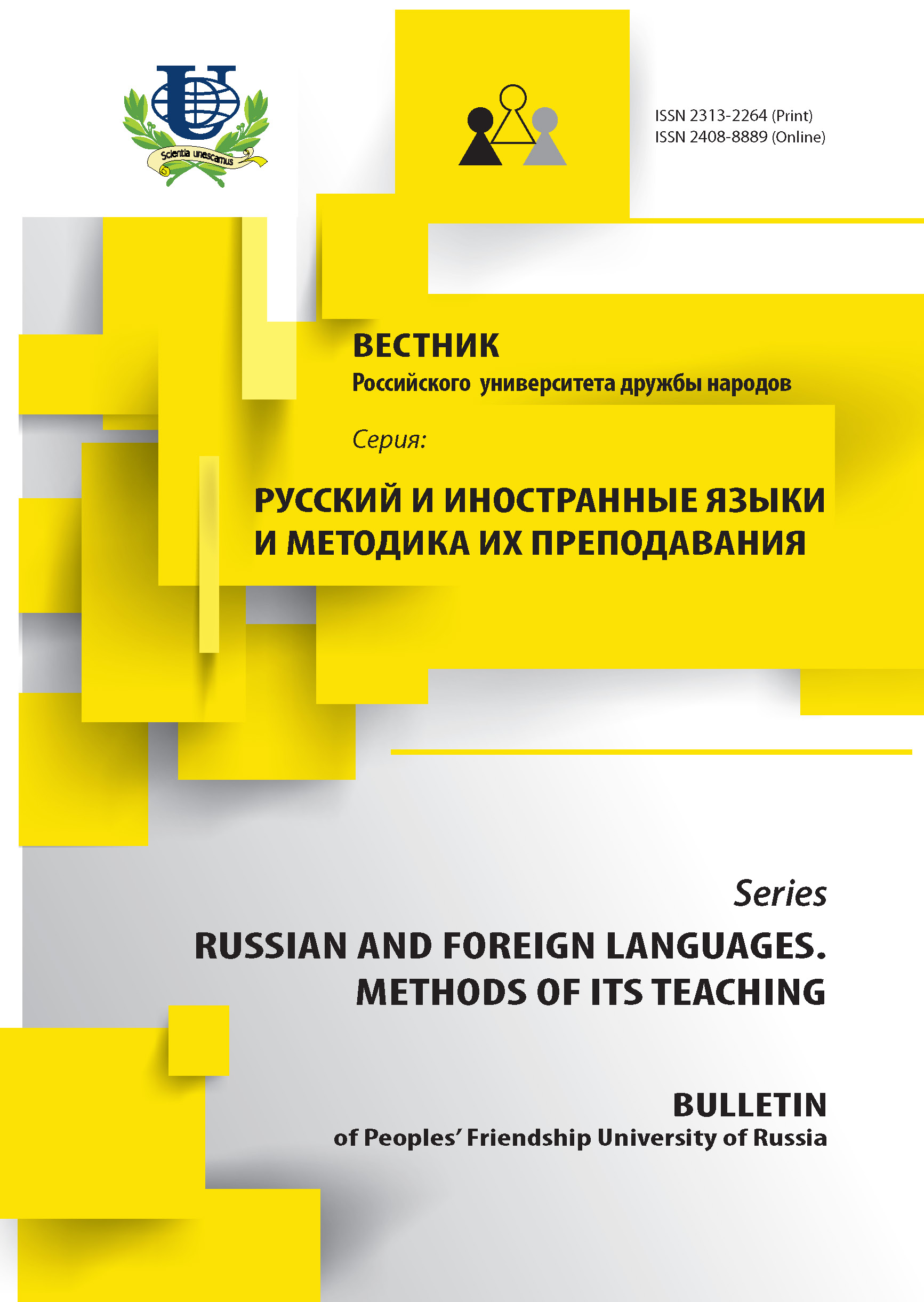ON SOME PECULIARITIES OF RUSSIAN AND CHINESE VERBAL AND NON-VERBAL ETIQUETTE IN THE ASPECT OF LANGUAGE TEACHING AS MEANS OF CROSS-CULTURAL COMMUNICATION
- Authors: Mamontov AS1, Moroslin PV1
-
Affiliations:
- International Slavonic Institute
- Issue: No 4 (2015)
- Pages: 183-191
- Section: Articles
- URL: https://journals.rudn.ru/russian-language-studies/article/view/13530
- ID: 13530
Cite item
Full Text
Abstract
Culture or cultural environment of people represents way to adapt themselves to existing physical and biological circumstances. Customs, traditions, generally accepted norms of behavior required for peoples’ survival and development have been passed down from one generation to the next one. In the course of time people have not been able to remember the origin of wisdom they possess and next generations take the inherited “wisdom of life” as granted, as unshakeable truth. Societies have made their taboos and cultural values teaching people to distinguish norms of behavior encouraged by them from not recommended or forbidden.The article regards some peculiarities of Russian and Chinese verbal and non-verbal etiquette as to teaching a language as a means of cross-cultural communication. It’s noted that when teaching a language as a means of cross-cultural communication one of the significant tasks is teaching speech etiquette including greetings, farewells, address, advice, congratulations and etc.As a result of comparison being done it’s noted that norms of etiquette in Russian cultural studies unlike Chinese ones are less detailed, have connection with concrete situation to a less degree and on the other hand the Chinese norms have more taboo character in comparison with Russian ones.
About the authors
A S Mamontov
International Slavonic InstituteFaculty of Foreign Languages
P V Moroslin
International Slavonic InstituteFaculty of Foreign Languages
References
Supplementary files














